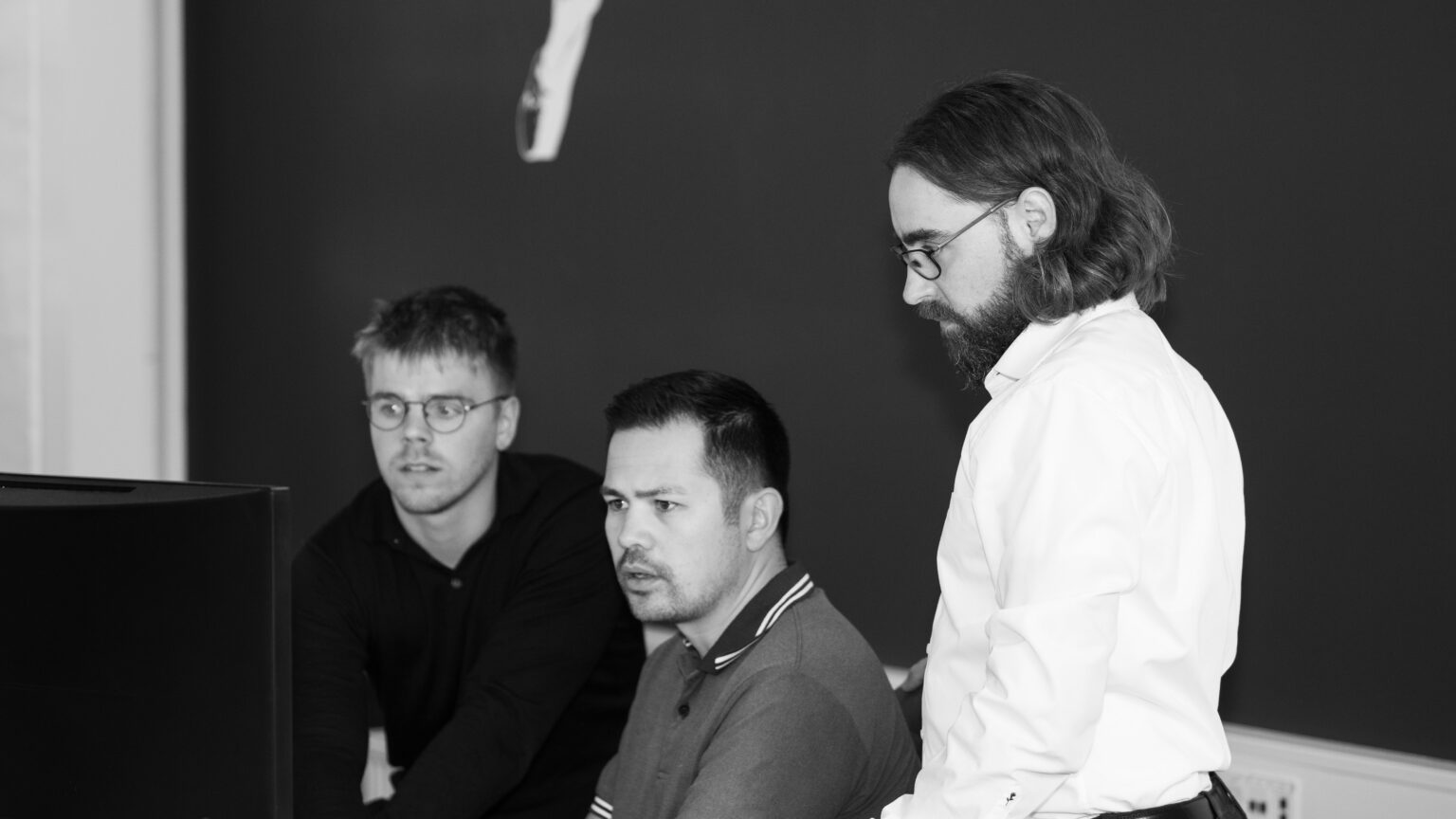IT Scalability Analysis focuses on making sure the IT function can support growth and future needs.
It reviews the IT operating model to check process efficiency, governance, and delivery models for agile, reliable operations. Infrastructure analysis looks at robustness, scalability, and cost efficiency.
Digital solution reviews find ways to optimise applications and platforms. Together, the analysis provides a solid base for strategic decisions to ensure a future-ready, efficient IT function that supports growth goals.

Analysis of the IT Operating Model
The IT Operating Model Analysis looks at how IT delivers value to the business and how it can improve.
It includes mapping the current model, reviewing efficiency, costs, and delivery strategies. Focus is on service models and SLAs to meet business needs.
Finally, a future-ready model is designed to improve agility, innovation, and scalability. The result is an optimised IT operating model that boosts efficiency and aligns with business goals.
These services provide a clear view of IT operations and a strong base for an optimised, future-proof model.
Primary efforts
Reviewing the current IT operating model, including governance, processes, roles, and responsibilities. Identifying strengths, weaknesses, and bottlenecks.
Reviewing how IT operations balance costs and efficiency. Assessing resource use, service quality, and identifying where savings or productivity gains can be made.
Reviewing the delivery model, including in-house and outsourced services, cloud solutions, and partnerships. Identifying ways to improve the sourcing strategy.
Reviewing service delivery and compliance with SLAs (Service Level Agreements). Focus is on improving speed, stability, and user experience to meet business needs.
Designing a future-proof IT operating model that supports agility, innovation, and scalability. This includes adapting to new technologies, processes, and organisational changes.
Analysis of IT Infrastructure
IT Infrastructure Analysis gives a deep overview of the company’s tech foundation to ensure robustness, efficiency, and scalability.
It maps the current infrastructure and reviews its performance, reliability, and flexibility against business needs. Focus includes security and compliance, identifying vulnerabilities and regulatory requirements, as well as assessing cost efficiency and modernisation needs.
The result is a clear strategy to optimise and invest in an infrastructure that supports current and future business goals.
These advisory services deliver a comprehensive understanding of the current state and future potential of IT infrastructure, critical for strategic decisions and transformation.
Primary efforts
Reviewing the current IT infrastructure, applications, and technology stack. Finding technical debt, scalability needs, integration options, and investment requirements.
Evaluating IT costs for operations, licenses, maintenance, and future investments. Focus is on cost efficiency and finding hidden expenses or risks.
Reviewing the company’s cybersecurity and regulatory compliance. Focus is on risks like data breaches, GDPR issues, or other legal exposures.
Reviewing the IT team’s structure, skills, and resources. Finding key skills and gaps that could affect the company’s ability to scale or transform.
Reviewing risks from system integration or data transfers during mergers or acquisitions. This includes data security, compatibility, and any new architecture needs.
Analysis of Digital Solutions
The Analysis of Digital Solutions looks at how to optimise the company’s digital tools and platforms to increase value and efficiency.
It includes mapping current solutions, assessing their functionality, user experience, and how well they integrate with other systems. Focus is on finding innovation opportunities, scalability, and cost efficiency.
A strategic review provides recommendations to build a cohesive, future-ready digital setup that supports the company’s goals and growth.
These services offer a full review of digital solutions and their relevance, helping guide improvements and innovation.
Primary efforts
Reviewing current digital tools, including apps, platforms, and software. Focus is on functionality, usage, and how well they support business processes and customer experiences.
Reviewing user experience (UX) for internal and external users. Finding bottlenecks, user needs, and adoption rates within the organisation and among customers.
Reviewing how digital tools work together and with other systems. Focus is on data integration maturity and ways to improve through APIs, middleware, or standardisation.
Evaluating how digital tools support growth and innovation. Focus is on flexibility, maturity of the technology, and future options for scaling or adapting the tools.
Analysing the return on investment (ROI) and the total costs of digital solutions. Identifying opportunities to reduce costs or maximise value through better utilisation or alternative solutions.

Let’s talk about business development
IZARA © All Rights Reserved.